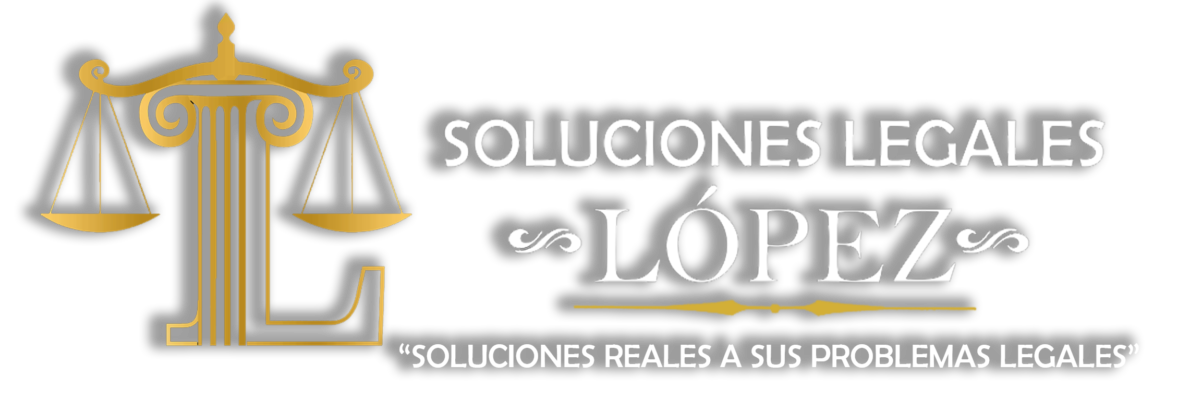Open Banking is often used by lenders and their prospects to securely share monetary information, making finance functions and approval processes quicker and more environment friendly. In this weblog, we explore what Open Banking actually is, how it works, and the key benefits and downsides it presents for businesses. The second is a European Directive that goals to control cost providers and cost service suppliers throughout the EU. Its main objective is to extend competitors and participation within the payments industry and from non-banks.

Digital banking has introduced the financial institution to the palm of our palms, and open banking is making it keep there. Open banking gives consumers a special depth of providers from what conventional digital banking used to do. Improved online cost experiences, corresponding to Instant Bank Pay — where businesses and their prospects will be in a position to make and take bank-to-bank funds which would possibly be faster, extra versatile, and rivalling (or even replacing) card funds. With access to a wider vary of economic data, fintechs can develop extremely accurate credit score scoring fashions.
Open banking can be reshaping the competitive panorama for financial institutions, pushing them to innovate and enhance their offerings. Open banking has the potential to enable people and companies to entry a a lot wider vary of monetary providers than ever earlier than. It will increase client alternative by giving prospects access to a variety of services from multiple suppliers. It additionally allows financial institutions to faucet into new markets and develop new services, which might enhance customer loyalty and create new revenue streams. Open banking is highly related as it transforms the financial https://www.globalcloudteam.com/ landscape, providing enhanced customer experiences with customized services.
In the European Union, each member state has a specific regulatory entity responsible to implement all the wanted measures to make sure the safety of open banking. We used to need to ask financial institution managers for a few spare hours of their time to sort out our bank obligations while having to stand in queues outdoors our local bank department. The first open banking regulations had been launched by the European Union in 2015, and many other international locations have launched monetary laws associated to open banking since. Open banking has loads of benefits, however there are some potential pitfalls as nicely. In Europe, all the products utilizing open banking are required to register with The Competition and Markets Authority’s (CMA’s) “Open Banking Remedy and Financial Conduct Authority (FCA),” either within the UK or via the EU regulators. Since its introduction, Open Banking noticed significant progress within the U.K., with seven million folks utilizing open-banking enabled merchandise in 2022.
Open Banking can provide companies quick access to a range of financial providers and merchandise – loans, mortgages, investments, leasing and more. Our mission is to provide US SMEs with the best and most price efficient financing choices when they need it and with the minimum of fuss. Name us right now to find out how your business can benefit from the biggest change in business financing since money was invented. As for the know-how, without taking place a technical rabbit hole, banks share your data securely through know-how called an Utility Programing Interface (API). APIs act as tech translators, permitting the completely different methods and platforms of various suppliers to ‘talk’ to one another in the identical language and seamlessly move along the information you’ve agreed to share.
Fintech firms leverage open banking to provide companies like buy now, pay later (BNPL), budgeting apps, investment platforms, and automatic financial savings instruments. Through open banking, digital banking platforms acquire the ability to securely entry and share buyer financial data across institutions, offering a holistic view of accounts, transaction knowledge, and financial health. As a result, banks are no longer the isolated establishments of information they used to be. The rule “requires financial institutions, bank card issuers, and other financial providers to unlock an individual’s personal monetary knowledge and switch it to another supplier on the consumer’s request for free”.

How Is Open Banking Totally Different From Conventional Banking?
The fact that buyers need to explicitly settle for all data-sharing requests ought to alleviate a few of their points about open banking. In addition, there’s a regularly updated list of regulated open banking third-party providers that must enroll with an open banking regulatory body to ensure that only regulated providers access client info. Uneasy shoppers can consult the listing to confirm whether the banking provider or fintech utility they use is there.
Open banking is a financial providers mannequin that enables third-party builders to entry monetary information in conventional banking techniques by way of utility programming interfaces (APIs). With access to detailed financial data, companies can make extra knowledgeable strategic choices, from risk mitigation to investment planning. Velocity, adaptability and a complete set of offerings are equally important. The financial companies market is transitioning from siloed operations to a more interconnected setting, where monetary establishments and tech firms work together to supply broader services. Instead, within the simplest phrases, open banking is trying to spark competition and innovation in the monetary providers sector, to create higher products and experiences for businesses and shoppers.

Cost initiation is all about making payments from one checking account to another. But as a substitute of having to log in to on-line banking and manually undergo the payment process step-by-step, open banking can initiate this process by way of other software, apps, or web sites. As Soon As Application Migration these APIs are agreed upon by everybody involved within the open banking initiative (e.g. the government, regulators, and banks), it’s as a lot as the banks to build and implement them.
Open Banking Defined: What It’s And How It’s Altering Monetary Providers
- Open Banking refers to banks and different monetary establishments opening up data for regulated providers to entry, use, and share.
- Make positive to learn how properly the third get together can safe your information and how they may use your information before sharing your knowledge with them.
- API-driven information sharing additionally reduces the reliance on outdated manual processes and improves data management.
- When it’s widely enacted in the united states, it will empower shoppers to take management of their money and help them make more knowledgeable monetary selections.
Former CFPB director Rohit Chopra stated the rule would make it easier for shoppers to add or swap monetary providers suppliers. Depending on their size, financial establishments might want to begin complying between 2026 and 2030. By opening up financial knowledge and unleashing the power of analytics, open banking has made monetary providers a fair enjoying subject for conventional banks and FinTech corporations alike. Shoppers not only have extra decisions about their financial service providers, but they’re the one decision-makers when sharing their information. Open banking advantages all members in the financial ecosystem—consumers, monetary institutions, and fintech companies—by enabling third-party knowledge sharing. This connection improves security, streamlines transactions, and fosters greater financial control.
We’ll start by defining open banking, exploring who makes use of open banking software program, and discussing how external forces, corresponding to laws, can influence open banking and the financial services that leverage it. One choice is incentive programs, corresponding to cash-back reductions or loyalty benefits. The identical PYMNTs report found that 81% of consumers expressed at least some interest in pay by financial institution when knowledgeable of potential rewards. Our case study of Wealthsimple shows how a fintech company can reinvent the onboarding experience with data connectivity. Check it out right here to find out how they use Flinks to verify the id of new users and authenticate their bank account seamlessly, as part of their friendly, totally digital onboarding flow.
Other nations such as Brazil, Tunisia, Nigeria, or Japan have adopted or are exploring varied levels of regulation around open banking as nicely. Australia took a extra holistic view of the difficulty and launched the Client Information Proper (CDR), which applies to banking and finance but extends beyond to different industries. Your intestine instinct may be telling you that it is a complex question to answer—and it will be proper.
BNY assumes no direct or consequential liability for any errors in or reliance upon this materials. The introduction of pay by financial institution into the us payment landscape indicators an thrilling shift — and has the potential to unlock vital advantages for merchants. While consumers stand to learn from pay-by-bank, the onus is on merchants to convince their customers to change long-entrenched cost habits. Our case research with Mitsubishi HC Capital Canada is a superb instance of what reworking a set of handbook banking as a service and banking as a platform activities right into a digital process appears like. Read on to learn extra about our no-code monetary information platform that permits you to refresh accounts and see financial information in real-time.
They navigate an interface that prompts them to log into their bank account, and by doing so, the end consumer is verified by the multifactor authentication most US banks require for online banking. On the again end, the customer’s bank account information is retrieved and an ACH fee instruction is ready. The buyer can then choose to directly authorize an ACH fee to a merchant. This unlocks ACH, a rail that has historically been used for predictable recurring transactions and by customers to facilitate person-to-person transfers between accounts. The future of open banking is poised for dynamic development, with several key tendencies on the horizon. As open banking continues to unfold globally, a give consideration to standardization and interoperability will keep integration seamless throughout institutions.
Additionally, financial establishments can’t share your data with out your consent, which you may find a way to withdraw at any time. Open banking allows interoperable monetary services by permitting third-party service suppliers to securely entry customer data by way of APIs. These APIs facilitate the secure change of monetary data between banks and approved third-party suppliers.
